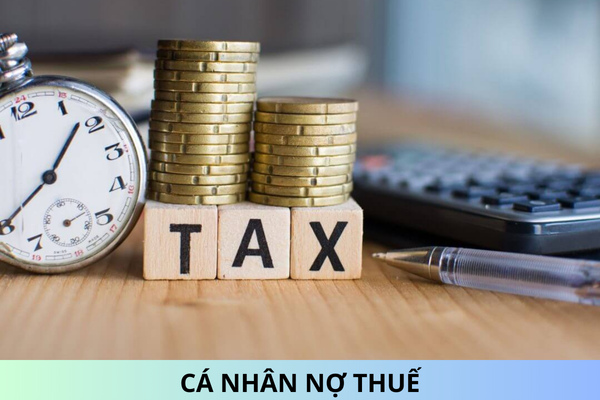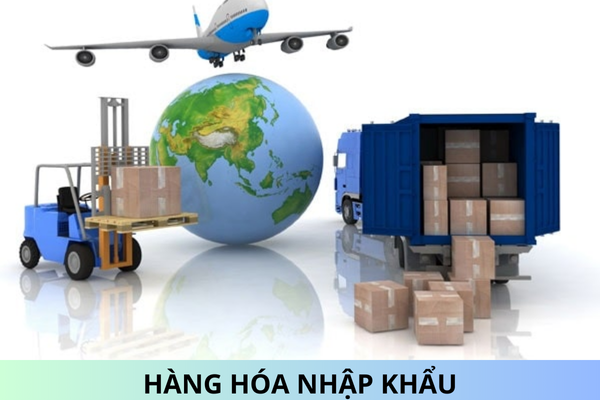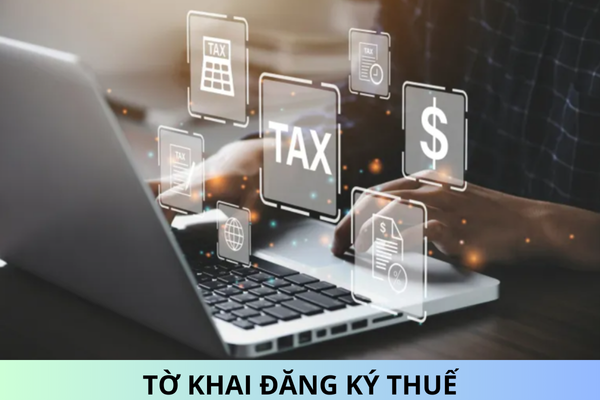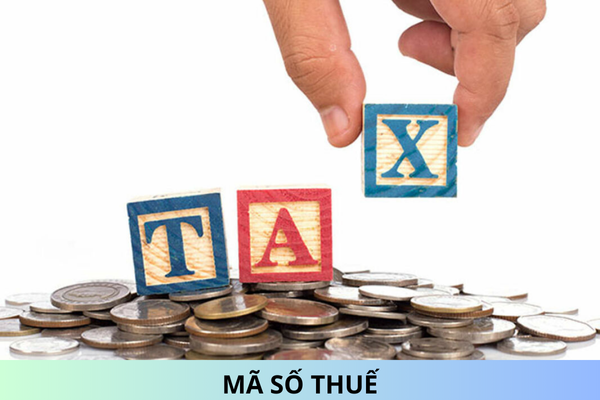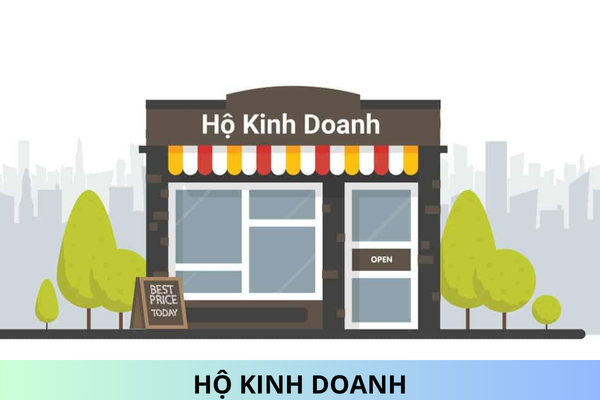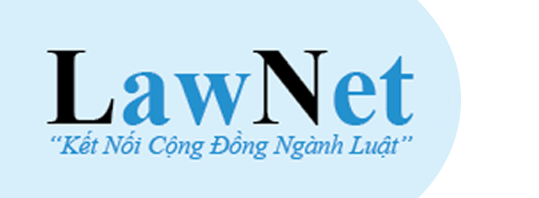Is it possible to deduct VAT when there is a decision on tax imposition made by a customs authority in Vietnam?
Is it possible to deduct VAT when there is a decision on tax imposition made by a customs authority in Vietnam? In which cases is input VAT deductible in Vietnam?
Hi, I have this problem that needs to be answered. On August 10, my company imported 10 shipments from Korea. When the shipment arrives at the customs authority, the customs authority has fixed the VAT amount for those 10 shipments. I paid the tax immediately after to get those 10 shipments back. I wonder if the paid VAT amount that the customs authority has determined can be deducted?
Please dvise. Thankyou.
1. Is it possible to deduct VAT when there is a decision on tax imposition made by a customs authority in Vietnam?
According to Clause 6, Article 14 of Circular 219/2013/TT-BTC, rules for deducting input VAT are as follows:
6. The VAT paid under a decision on tax imposition made by a customs authority shall be deducted in full, unless penalties for tax avoidance are imposed by the customs authority.
Thus, the VAT paid under a decision on tax imposition made by a customs authority shall be deducted in full, unless penalties for tax avoidance are imposed by the customs authority. The amount of VAT that you have paid when it is determined by the customs authority, you will be deducted if you do not commit penalties for tax avoidance in Vietnam.
2. In which cases is input VAT deductible in Vietnam?
In Clause 4, Article 14 of Circular 219/2013/TT-BTC, rules for deducting input VAT are as follows:
4. Some cases of VAT deduction:
a) If the taxpayer has a closed production line where the products not subject to VAT are used for producing goods subject to VAT, input VAT shall be deducted in full.
Example 58: Company X invests in raw materials and a factory to fillet fish and produce frozen shrimps. Company X has a closed production line, including the breeding line, ponds, fences, irrigation system, boats, and other raw materials such as feeds, veterinary medicines, and the processing line. Company X may deduct input VAT on fixed assets and purchases that are not fixed assets during the manufacture and processing.
Example 59: Company Y invest in raw materials and a factory to produce dairy (sterilized milk, yogurt, cheese, etc.) Company Y has a closed production line, including the breeding line, farms, stables, fences, milking devices, sanitation system, raw materials such as feeds and veterinary medicine, and the processing line. Company Y may deduct input VAT on fixed assets and purchases that are not fixed assets during the manufacture and processing.
b) If the taxpayer has a project of investment that is divided into multiple stages, has a closed production line, and uses non-taxable products to manufacture taxable goods, but non-taxable goods and services are provided during infrastructural development stage, the input VAT incurred during the infrastructural development stage in fixed assets may be deducted in full. The taxpayer must separate the VAT on the assets other than those serving manufacture and trading of non-taxable goods and services to deduct tax according to the ratio of taxable revenue to total revenue from selling goods and services.
If the taxpayer makes a commitment to keep producing taxable products, VAT may be deducted during infrastructural development stage. If the input VAT incurred during the infrastructural development stage has been declared, deducted, and refund, but then found to be not eligible for deduction or refund, the taxpayer must make an adjustment and pay tax that has been deducted or refunded. If the taxpayer fails to make the adjustment, tax authority shall collect the tax arrears and impose penalties. The taxpayer is totally responsible for the report and explanation for the tax deduction and tax refund, which are submitted to tax authority.
If the taxpayer sells unprocessed or preprocessed agricultural, forestry, and aquaculture products that are not subject to VAT, the VAT on purchases may also be deducted according to the ratio of revenue from selling taxable goods and services to the total revenue.
Example 60: Company A has project of investment in a rubber plantation and incurs input VAT during infrastructural development stage. Company A does not have raw materials to manufacture taxable products (including the unprocessed products or processed products that are subject to VAT) but have a project to build a factory to treat rubber latex into products subject to VAT) and declares to keep using the farming products to manufacture taxable products. Company A may deduct the input VAT in full.
If company X sells all of the rubber latex, which is not subject to VAT, input tax shall not be deducted.
If company X uses part of the rubber latex for manufacturing taxable products, and sell the rest, input VAT shall be deducted as follows:
- Input VAT on fixed assets (rubber tree plantation, processing factory, etc.) may be deducted in full (including VAT incurred during infrastructural development stage).
- Input VAT on goods and services shall be deducted according to the ratio of revenue from selling taxable goods and services to the total revenue.
c) The taxpayers (including the new business establishments) that provide both goods and services subject to VAT and goods and services that are not subject to VAT may provisionally deduct input VAT on fixed assets incurred during infrastructural development stage according to the ratio of revenue from selling goods and services subject to VAT to the total revenue. The provisionally deducted VAT shall be adjusted to the ratio of revenue from selling goods and services subject to VAT to the total revenue over three years from the first year in which revenue is earned.
Example 61: Z is a new company derived from a project of investment in transport. According to the business plan, company Z is supposed to earn revenue from public passenger transport, advertising, vehicle maintenance and repair. The revenue from passenger transport by bus accounts for 30% of the total revenue. The infrastructural development stage lasts for 02 years (from June 2014 to May 2016), including buying vehicles, building bus stops and infrastructure. During this period, 70% of the input VAT on fixed assets and purchases serving the creation of the company is provisionally deducted and refunded (VAT on the vehicles used as public buses is not deducted). Company Z is inaugurated and starts earning revenue from June 2016. Three years later, at the end of May 2019, the revenue from public passenger transport by bus makes up 35% of total revenue from goods and services. Company Z shall reduces the deductible VAT by 5% (= 70% - 65%) and aggregate the arrears with the VAT payable in May 2019. Company shall not incur any fine or late payment interest.
According to this Article, the above cases are cases where input VAT is deducted in Vietnam.
Best Regards!

